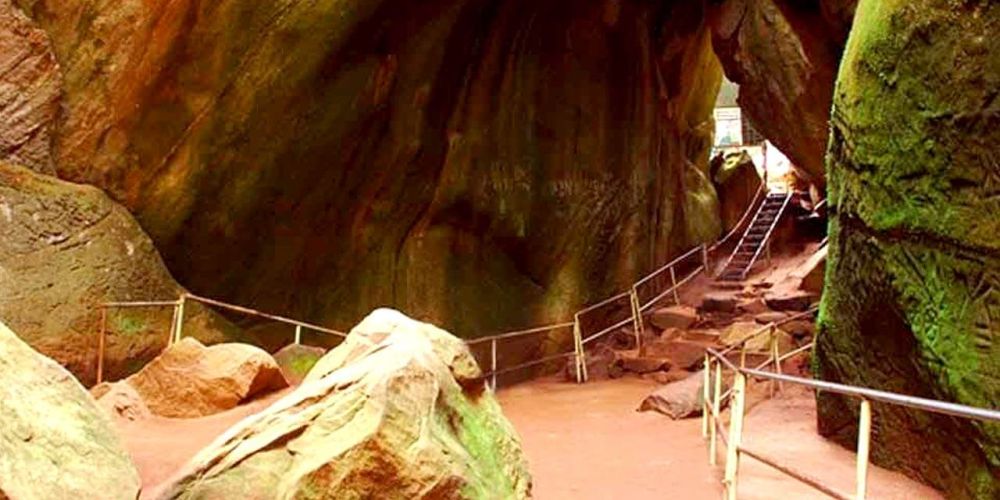

Nestled in the lush greenery of Wayanad, Kerala, the Edakkal Caves stand as a testament to prehistoric life, attracting tourists from all over the world. These caves, discovered by Fred Fawcett in 1890, have become one of the most significant archaeological sites in India, providing insight into the lives of our ancestors.
The tourism history of Edakkal Caves began soon after their discovery by Fawcett, a then Police Superintendent of Malabar district during the hunting trip. Fascinated by the ancient carvings and etchings on the cave walls, Fawcett identified them as remnants of a prehistoric civilization. These findings turned the caves into an archaeological sensation and attracted scholars and historians, which eventually led to the influx of tourists.
In the beginning, the caves were mostly visited by archeologists and history enthusiasts. However, with time, they gained popularity as a tourist destination for those interested in history, nature, and adventure. The Kerala Tourism Department has since played a pivotal role in promoting Edakkal Caves, focusing on preserving the site while making it accessible to visitors.
In recent years, infrastructure around the Edakkal Caves has improved significantly. Safe pathways, better staircases, and resting spots have been developed, allowing a safer and more comfortable visit for tourists. The establishment of the Edakkal Hermitage Resort nearby, offering thematic accommodation, has also enhanced the visitor experience.
Preservation is at the heart of the tourism ethos surrounding Edakkal Caves. The Archaeological Survey of India and the Kerala Government have instituted various measures to protect the petroglyphs inside the caves. The government actively promotes responsible tourism practices to ensure that the heritage site is not damaged by its visitors. There's also an onsite museum where tourists can learn about the site's history and cultural significance.
With the increasing emphasis on sustainable and eco-friendly tourism, the region around Edakkal Caves has seen a rise in nature walks, plantation tours, and homestays that offer an immersive local experience. Another growing trend in the area is the combination of wellness and travel, with many tourists seeking yoga and meditation retreats in the serene atmosphere of Wayanad.
Adventure tourism has also spiked, with the caves becoming a hotspot for trekkers and hikers drawn to the challenging climb and the promise of breathtaking views atop the Ambukuthi Hill. Cultural tourism is thriving as well, with visitors keen on exploring the tribal heritage and local art forms of Wayanad.
Looking to the future, the Edakkal Caves are expected to continue drawing in tourists with enhanced digital experiences, such as augmented reality tours that bring the history of the caves to life. There is also a growing focus on off-season travel to help with the dispersion of visitors throughout the year, aiding in conservation efforts.
In conclusion, the Edakkal Caves of Wayanad have transformed from an archaeological interest into a multifaceted tourist destination. With the consistent promotion of sustainable tourism and a rich narrative that dates back to the Neolithic era, the caves proudly represent a slice of prehistoric India that continues to enchant the global travel community.